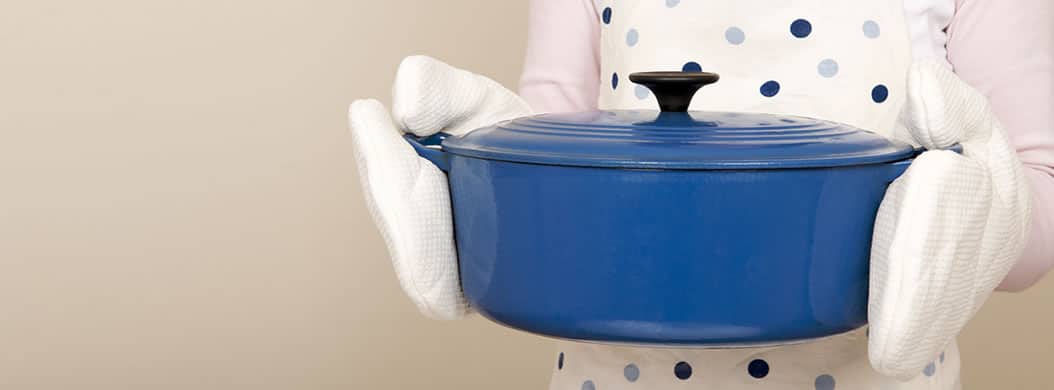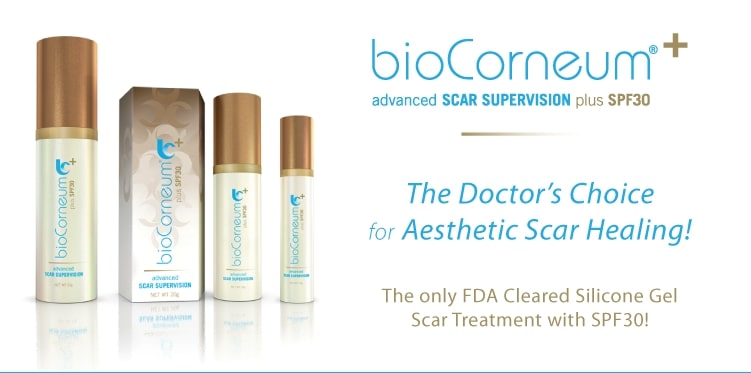
Model. Not Actual Patient.
Burns are common injuries to the hands and face that affect patients of all ages. Fortunately, most flash and scald burns only involve the superficial layer of the skin and are considered partial thickness burns. Burns can range in severity and are classified by the depth of skin injury.
First Degree:
Equivalent to a sun burn with redness and discomfort to the area of injury, but usually requires only topical cooling gels and skin protection.
Second Degree:
Partial thickness skin injury commonly followed by blistering and then healing from the deeper skin appendages. Management includes anti-microbial cream, debridement of the blistered skin and then scar management to reduce the permanent effects of the injury.
Third Degree:
Full thickness skin injury which usually requires removal of the burned skin and replacement with a skin graft. By definition, the potential for skin regeneration form the burned area is lost. Long term scar care and physical therapy helps to maintain function and improve the appearance of the burned areas.
Burns can often leave patients with severe physical disfigurements, depending on the cause and severity of the burn. Maintaining the function and improving the appearance of the area of burn can be managed by Dr. Trussler.
What Are My Options For Burn Surgery?
Burn treatment usually involves the management of the initial phase of burn healing, followed by the skin regeneration or grafting phase, and then the scar management phase.
Phase 1:
The initial inflammatory phase includes protecting the area of the burn and preventing a deeper injury. After the initial injury, the burned area should be cooled and irrigated immediately. The injured area should be cooled and washed with clean, cool water for about 10 minutes. Any burned clothing or grease should be removed. The area should be wrapped and then evaluated in an emergency room. Hydration, anti-microbial cream and protection with wound care all help to encourage the early healing and decrease the inflammation and worsening of the injury.
Phase 2:
The healing and coverage phase includes the optimization of the bodies own healing potential with maintaining a hydrated, clean environment for new skin to grow. This involves gentle removal of dead or damaged skin layers, followed by application of anti-microbial cream. Partial thickness burns will heal on their own with proper daily wound care. Deep partial thickness or full thickness burns may need debridement of the burn layer of skin and covering the deeper areas with a skin graft or local flap.
Phase 3:
The scar management and function phase, includes encouraging the normal healing potential while controlling for thickening of the burn scar and fading of red scar. Compression, silicone sheeting and sun protection can all help as the burn scar matures. Moving the area with the help of physical therapy can help avoid scar contracture.
There are several different treatment techniques used depending on the severity, size, and location of the burn injury. Dr. Trussler will determine which type of treatment is most appropriate based on a thorough evaluation of each patient’s burn injury and burn scar potential.
Considerations
The mechanism of the burn, the location, and size of the burn, as well as the burned individuals age and health all factor into the care of the burn injury.
- Severe burns and burns in children should be managed at a specialty burn unit.
- Small to medium sized partial thickness burns can be managed with local wound care and close follow-up.
Burn reconstruction may be performed as an early procedure, such as a local flap or skin graft, or later on afterburn scars have formed. Many patients seek reconstructive treatment to improve the appearance and function of the scars. With proper active scar care, scars can become less noticeable over time. It is often recommended to wait until over a year after the burn injury occurred to perform scar reconstruction.
Expectations
Depending on the severity of the burn, the burned area may heal with little to no noticeable long-term scars. Though in deeper burns, multiple procedures may be needed in order to efficiently restore the appearance and function of the area. There are certain risks associated with burn reconstruction procedures, which Dr. Trussler will discuss with patients prior to their treatment. Pre-existing health problems and poor wound care can negatively affect healing after burns. Dr. Trussler will guide you on how to care for your burn injury in each phase of healing. Burn scars are predictable after any partial or full thickness injury and active scar care can help to limit their long-term effects. Potential effects of burn scars include:
- Redness can be persistent for over one year.
- Thickness which is common after deeper burns and in burned areas with constant motion.
- Contracture is the end effect of burn scar which has formed a tight scar band which limits movement
Burn Treatment
The initial treatment after a burn is supportive and in the first phase of healing, the area of injury is washed and cooled thoroughly and then protected with a hydrating burn dressing. After the burned area has demarcated into a level of skin injury, partial thickness injuries may benefit from a debridement of the burned outer skin so that anti-microbial ointment can penetrate into the new skin underneath. This typically can be performed in the office very comfortably. Deeper and full thickness burns may need a debridement in the operating room where all layers of burned tissue are removed. In both circumstances, the debrided wounds can be allowed to heal, especially in partial thickness injuries.
Full-thickness burned areas are commonly covered with skin grafts or local flap. Dr. Trussler will develop a customized treatment plan for each individual patient based on their condition and location of burn injury.
Skin Graft
A partial thickness or full thickness piece of skin is taken from another area called a “donor site” and then placed in the open area of full thickness burn. This skin graft adheres to the open wound and survives as a living skin covering to defect. Split-thickness donor sites will heal on their own and are covered with an occlusive dressing, whereas a full thickness graft donor site is closed with stitches.
Rotational Flap
The design of the flap takes into account the size of the open area and the amount of locally available skin. The flap is incised, elevated and then rotated into place with the donor area closed in a straight line and the flap secured with stitches in the skin.
Pedicled Flap
The design of the flap takes into account the size of the open area, the location of the pedicle which includes the blood vessels, and the location of the donor site for the flap. The flap is incised, elevated and then rotated into place with the donor area closed in a straight line and the flap secured with stitches in the skin. Pedicle flaps may need a secondary procedure which divides the skin bridges and blood vessels after a couple of weeks of healing. This technique can bring a significant amount of skin from a distant area which will cover the open area with living tissue and restore form and function to the area of burn injury.
Dr. Trussler also treats contractures, a complication of burn scarring that involves tightening and thickening of the scar that in turn restricts movement of the affected area. This commonly affects the neck, the mouth, as well as every extremity joint including the hand. Treatment for contracture scars often involves surgery to release the contracture which commonly leads to an open area that needs to be covered with a skin graft or local flap.
In areas without enough local tissue to cover larger areas of scar release, a free flap or free tissue transfer may be used, or the normal tissue around the area can be gradually enlarged with a tissue expander and then advanced to fill the defect left after the scar release.
- Free Tissue Transfer: Skin and/or muscle are taken from a donor site on the body and then transplanted by suturing the blood vessels of the flap to blood vessels near the open wound using an operative microscope. The “free flap” is living, growing tissue used to cover large and complex areas of the burn scar. This is a complex reconstructive technique which Dr. Trussler has significant experience. The procedure can take over 6 hours and requires a short hospitalization after for free flap care.
The incisions for most burn reconstructive procedures are closed with deeper absorbable sutures and a combination of dissolvable and permanent sutures in the skin. Staples may be used in the scalp. In pedicle flaps, there may be open areas which area dressed in non-adherent gauze and anti-bacterial ointment. Skin grafts are kept dressed under a bolster to prevent movement.
After Care & Recovery
After a reconstructive surgery for burns, patients will usually need about a week off from work and other regular activities. There will likely be mild bruising and swelling for the first few days, which can be relieved with an elevation of the head or hand in a procedure involving the face, scalp and upper extremity. Any operation around the eye can lead to swelling and irritation. This is alleviated with gel ice masks and hydrating eye drops for the first week after the operation. Dr. Trussler will provide you with his full post-operative instructions for the reconstructive procedure during the initial consultation.
- All stitches and/or staples will be removed in the first week.
- Bolsters over skin grafts will be removed within one week
- Tissue expansion for tissue expanders will be started in 2 to 3 weeks after placement
Results from reconstructive plastic surgery after burns are immediate though fully appreciated after about 3 weeks once swelling and bruising have subsided.
Scar care will be started at the three-week point after the initial burn wound is healed or after surgery to help fade scars. Scar care after the any healed burn injury has includes:
- Hydration
- Compression
- Sun Protection
- Range of Motion
Dermabrasion and laser resurfacing may be needed to help flatten the areas of reconstruction. Revision procedures and flap divisions may usually be considered at the three weeks to the three-month point after surgery, however, scars will typically take about one year to fully mature and fade.
For some patients, Dr. Trussler will recommend physical therapy after burn reconstruction to help restore function to the affected area(s). This is very important after burn reconstruction of the fingers, hands, and extremities.

Whether you have a question or would like to set up a burn injury consultation, Dr. Trussler and his staff are here to help. Please fill out our contact form, or call our office at 512-450-1077 to schedule an appointment.


